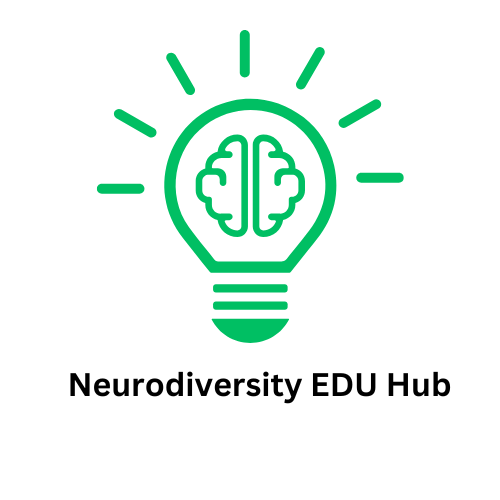
Understanding Neurodiversity in the Workforce
The journey toward embracing neurodiversity in the workforce, especially for individuals with autism, is not just about inclusion; it’s about understanding the unique challenges and strengths these individuals possess. Megan MacKay's insights shed light on how Job Corps offers a supportive environment tailored to meet diverse needs. By recognizing that autism is not an inability, but a different ability requiring tailored support, organizations can unlock the potential of dedicated employees.
In 'Autism & Job Corps, with Megan MacKay | EDB 335', the discussion dives into the significance of supporting neurodiversity in employment, exploring key insights that sparked deeper analysis on our end.
The Role of Job Corps: A Training Ground for Real-World Skills
In her work at Job Corps, Megan highlights the importance of practical, hands-on experiences in teaching trades. The center offers a variety of programs that allow students to learn essential skills in a structured environment. This is particularly beneficial for neurodivergent individuals who may struggle in traditional academic settings. As she mentions, there are 11 different trades available, from electrical work to natural resources, catering to various interests and capabilities. The structured, yet nurturing environment is designed to facilitate both skill development and social interaction, vital for personal growth.
Accommodations Matter: How Employers Can Benefit
Megan emphasizes that small accommodations can create significant changes in the lives of neurodivergent individuals. Employers often overlook the potential of these candidates due to preconceived notions about their abilities. By adopting a more inclusive hiring process, businesses can tap into the reliability, loyalty, and thoroughness that neurodivergent employees bring. The willingness to offer support and understand different learning styles can greatly enhance workplace diversity and foster a culture of collaboration.
The Importance of Mental Health Support
One of the striking aspects of Megan's message is the correlation between autism and mental health challenges, including addiction. She notes that a significant percentage of individuals with autism face issues related to addiction and maladaptive coping strategies. This calls for a multilayered approach that prioritizes mental health support as an integral part of job training programs. By offering counseling and mental health services, institutions like Job Corps not only equip individuals with the necessary skills for employment but also foster their overall well-being.
Empowering Change: The Need for Awareness and Advocacy
The conversation around autism awareness, particularly in the context of employment, is crucial. As Megan points out, many capable individuals face barriers simply due to misunderstandings surrounding their behavior or communication styles. By advocating for more education in the workplace about neurodiversity, we can help dismantle these barriers. Greater awareness can lead to fewer biases in hiring processes and interviews, allowing more people with autism to shine in their roles.
Challenges and Triumphs: The Personal Journey
Megan’s personal journey illustrates the challenges many neurodivergent individuals face. From being non-verbal and bullied in school to carving out a professional identity as a therapist, her story highlights the importance of resilience and the right support systems. Her experiences underscore the possibilities for success when individuals are given the chance to overcome their circumstances in a supportive environment.
Conclusion: Creating a Future of Opportunities
In conclusion, the insights provided by Megan MacKay in her interview about autism and the Job Corps reveal the profound potential for change when neurodiversity is not just recognized but celebrated within the workforce. As we strive to create workplaces that accommodate all abilities, we can ensure a more inclusive future where everyone has the opportunity to contribute meaningfully.
If you’re aiming to champion inclusivity in your workplace, looking into how organizations like Job Corps operate can offer valuable lessons. Embrace the different brains of the world and see how they can transform your environment.
 Add Row
Add Row  Add
Add 




Write A Comment